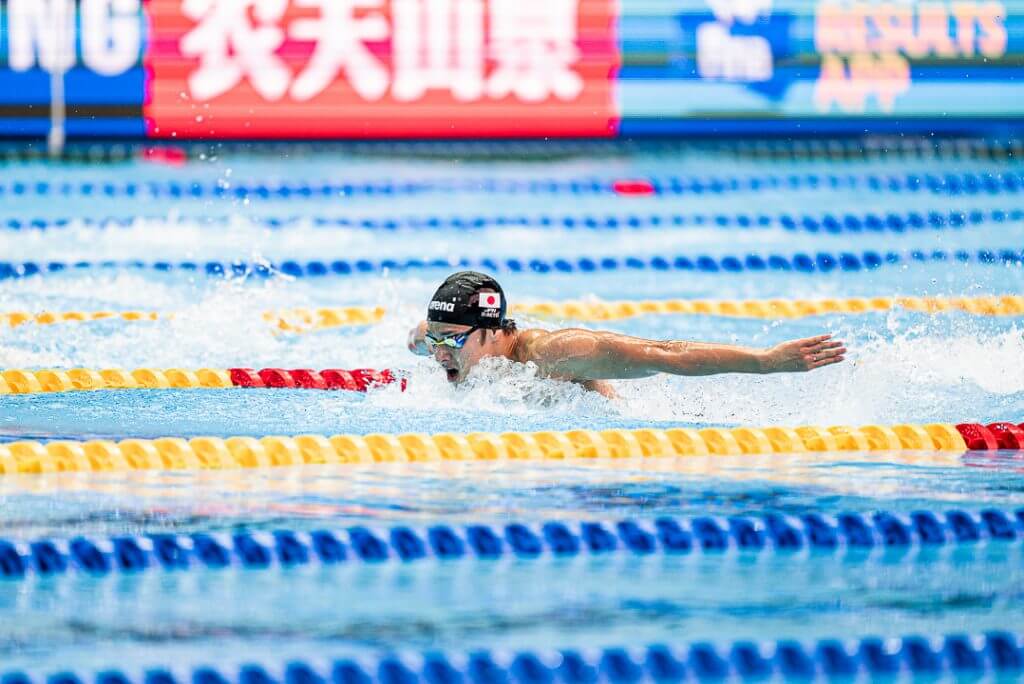LumaLanes Split Analysis: Daiya Seto’s Asian Record 200m Butterfly

Split analysis for the 200 LCM butterfly is sponsored by LumaLanes.
At the recent FINA Champions Series meet in Beijing. Daiya Seto of Japan scorched to a new Asian record 1:52.53, breaking the previous record set at the 2008 Olympic Games by fellow countryman Takeshi Matsuda. His swim moves him to third all-time, behind only world record-holder Kristof Milak of Hungary and Michael Phelps of the United States. Today we will analyze race splits from Seto, Matsuda, Milak, and Phelps.
Matsuda, Beijing, 2008 – 25.58, 54.41, 1:23.58, 1:52.97
Seto, Beijing, 2020 – 24.72, 53.36, 1:22.34, 1:52.53
Phelps, Rome, 2009 – 24.76, 52.88, 1:21.93, 1:51.51
Milak, Gwangju, 2019 – 24.66, 52.88, 1:21.57, 1:50.73
Analysis
Seto was aggressive in his racing. As we can see, he had a faster first 50 than Phelps did in his suited world record swim in Rome. His front-half speed did cost him on the final 50, however. On that lap, he was the only swimmer of the four to come home slower than 30 seconds, at 30.19. Compare that to 29.58 for Phelps, 29.39 for Matsuda, and 29.16 for Milak.
Despite his fading on the final 50 m, Seto was strong through 150 m, with middle 50 splits of 28.64 and 28.98 (a difference of only .34 seconds). Phelps, meanwhile, completed his middle 100 in 28.12/29.05, which equals a split differential of .93 seconds. Milak swam through in 28.22 and 28.69, for a difference of .47 seconds. Matsuda covered this portion in 28.83/29.17, which equals a difference of .34- exactly the same as Seto.
Conclusion
While Seto has not mastered this event yet, he is closing in on the leaders. FAST. The young Hungarian Milak may be considered the current favorite for gold in Tokyo, Seto is on the rise. Add in the factor that he will be swimming for Japan on home soil, and this 200 fly may be one of the best races of the entire Olympic competition.
Learn more about LumaLanes



